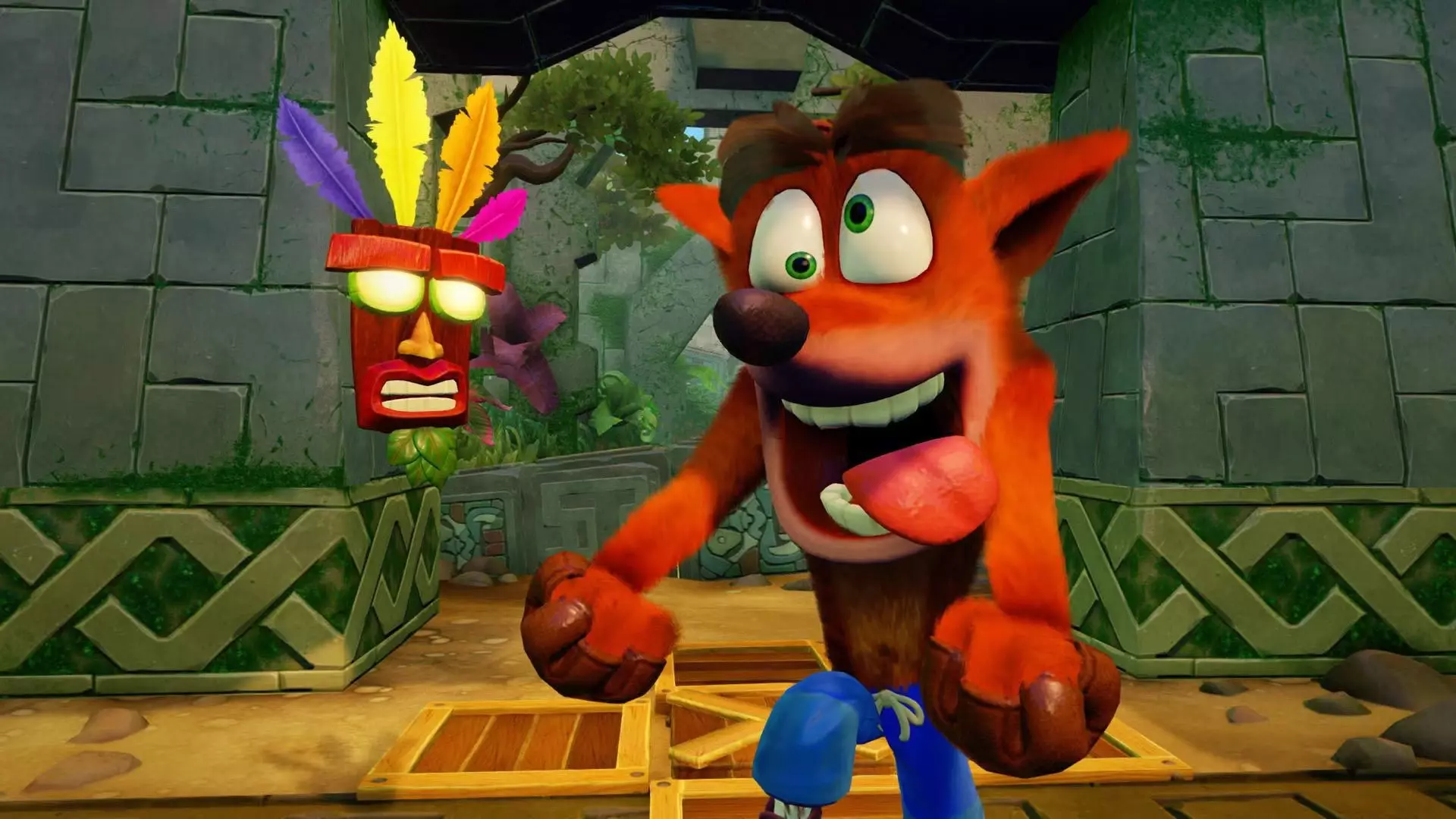Remaking a beloved video game is a delicate dance between honoring the original masterpiece and leveraging modern technology to create a fresh experience. When done right, remakes can revive a franchise’s legacy, introduce it to new audiences, and breathe new life into timeless gameplay. However, as Andrew Gavin’s critique of the Crash Bandicoot N.Sane Trilogy illustrates, even minor technical shortcomings—particularly in core mechanics—can significantly diminish the player’s sense of authenticity and satisfaction. The challenge lies in faithfully translating nuanced mechanics from the past to the present without losing the essence that made the original game memorable. Unfortunately, the remake often suffers from the paradox of oversimplification, where modern power and visual fidelity take precedence over the intricate feel of fundamental gameplay.
The Critical Role of Control Feel in Platforming
Gavin’s analysis emphasizes an often overlooked but crucial element: the importance of precise control dynamics in platformers. The original Crash Bandicoot was meticulously designed around binary input—press or not—and a clever system that interpreted the duration of jump button presses to modulate jump height. This subtle mechanic allowed players to perform delicate hops or powerful leaps, enabling precise navigation through treacherous landscapes. When remakes ignore or misimplement such mechanics, the gameplay becomes fundamentally altered. The shift from dynamic, input-sensitive jumps to fixed-height leaps results in a floaty, unresponsive experience that strips away the tactical nuance of timing. It’s akin to replacing a finely tuned engine with a one-size-fits-all motor—it simply doesn’t feel right, no matter how shiny or modern the graphics.
Technical Fidelity vs. Gameplay Authenticity
Gavin’s comments highlight a broader issue in the industry: the obsession with graphical fidelity can sometimes eclipse even more vital gameplay elements. Modern hardware is capable of rendering visually stunning worlds, yet this advancement shouldn’t come at the expense of core mechanics. In the case of Crash Bandicoot’s remake, developers either overlooked the significance of the original jump system or misunderstood its impact on the gameplay feel. The decision to revert to a more straightforward, fixed jump height—though easier to implement—compromises the subtle control that made the original so responsive and satisfying. This reveals a key lesson: technology alone does not guarantee a superior gaming experience. It’s the nuance, the feel, and the timing that elevate a game from good to great.
The Irony of Remakes That Miss the Point
There’s an ironical truth underlying many game remakes: they often succeed visually but falter mechanically. To casual players, pixel-perfect visuals and nostalgic callbacks might mask issues with gameplay, but seasoned gamers and developers like Gavin recognize these flaws instantly. By ignoring or simplifying complex mechanics, remakes risk alienating the core audience who value authenticity. For Crash Bandicoot, the subtle, intuitive jump system was part of what made the original so engaging. Losing that feels like losing a piece of the game’s soul. As Gavin’s critique demonstrates, a glossy coat cannot compensate for the loss of tactile control—an element that’s hard to quantify but easy to feel.
The Future of Game Remakes: Learning from the Past
If the industry wants to craft remakes that truly honor their origins, developers must prioritize mechanical fidelity alongside visual enhancements. This involves meticulous reverse-engineering of classic mechanics and a deep understanding of their purpose within the gameplay. In Crash’s case, replicating or even improving the dynamic jump system should be a priority. The challenge then becomes how to implement these mechanics using modern tools without sacrificing the accessibility and stability that contemporary audiences expect. Ultimately, the true triumph of a remake lies not just in its ability to look stunning but in its capacity to evoke the same visceral, satisfying feel as the original.
Gavin’s critique might seem harsh, but it serves as a wake-up call to the industry: mastery of the subtle mechanics—those tiny milliseconds that define player feel—is what separates a good remake from a forgettable one. When the foundation of gameplay is shaky, no amount of visual polish can fully salvage the experience. The future of remakes depends on a more holistic approach—one that respects the art of control just as much as the art of visuals.

